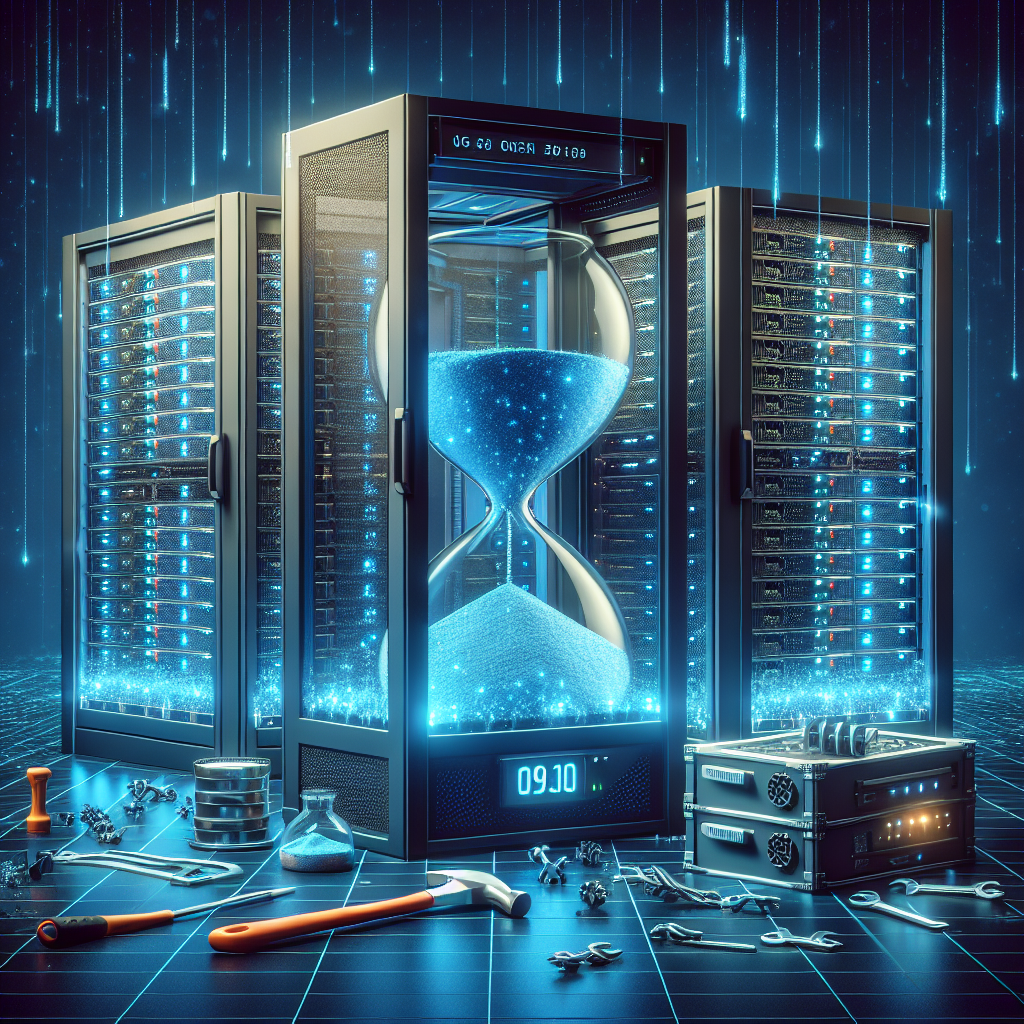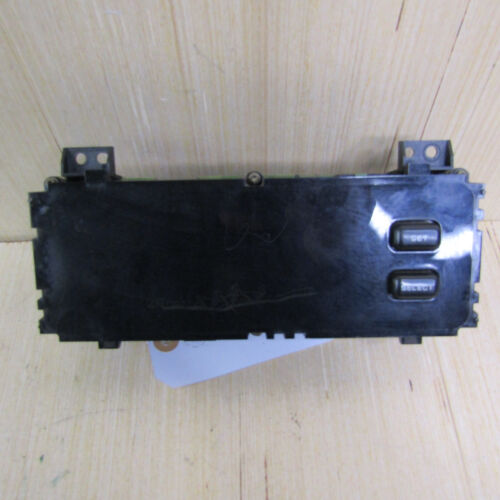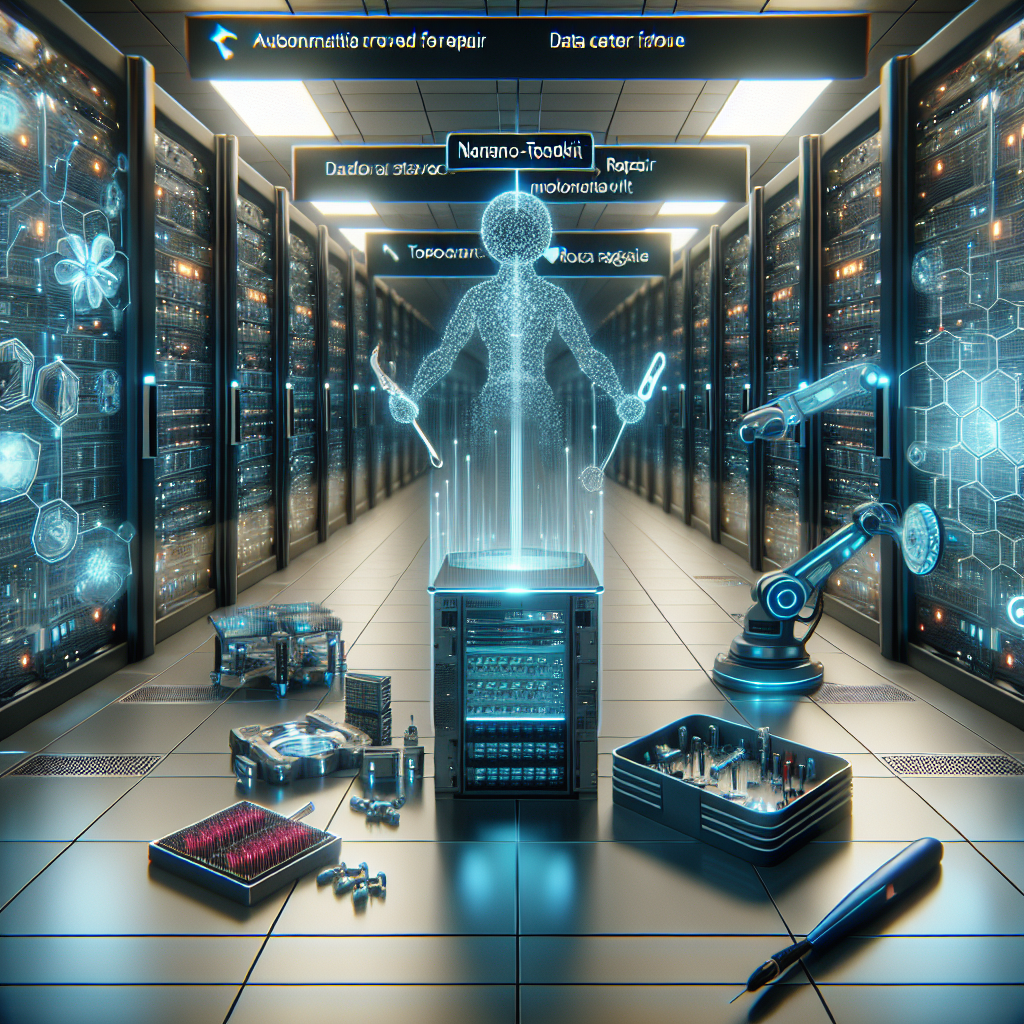Data centers are the backbone of modern businesses, housing the critical infrastructure that allows companies to store and access their data, applications, and services. However, despite their importance, data centers are not immune to downtime. In fact, downtime is a common occurrence in data centers, with a recent study showing that 95% of organizations have experienced downtime in the past year.
The cost of downtime can be significant, both in terms of lost revenue and damage to a company’s reputation. According to a report by the Ponemon Institute, the average cost of data center downtime is $740,357 per incident. This figure takes into account factors such as lost productivity, lost revenue, and the cost of repairing the data center.
Given the high cost of downtime, it is crucial that organizations take proactive steps to prevent and minimize downtime in their data centers. One of the most important steps that companies can take is to ensure that their data center is properly maintained and repaired in a timely manner.
Ignoring data center repair issues can have serious consequences. For example, a malfunctioning cooling system could lead to overheating and damage to sensitive equipment, while a faulty power supply could cause a complete system failure. In both cases, the result could be extended downtime and significant financial losses.
In addition to the financial costs of downtime, there are also intangible costs to consider. Downtime can damage a company’s reputation and erode customer trust, leading to lost business in the long term. In today’s competitive business environment, where customer expectations are high and downtime is unacceptable, it is essential that companies prioritize data center repair and maintenance.
To avoid the high cost of downtime, organizations should invest in regular maintenance and monitoring of their data center equipment. This includes conducting regular inspections, testing backup systems, and addressing any issues promptly. In addition, companies should have a comprehensive disaster recovery plan in place to minimize the impact of downtime in the event of a major system failure.
In conclusion, the cost of downtime is too high for organizations to ignore. Data center repair and maintenance should be a top priority for companies looking to protect their bottom line and maintain their competitive edge. By investing in proactive maintenance and monitoring, organizations can minimize the risk of downtime and ensure that their data center remains operational and efficient.












